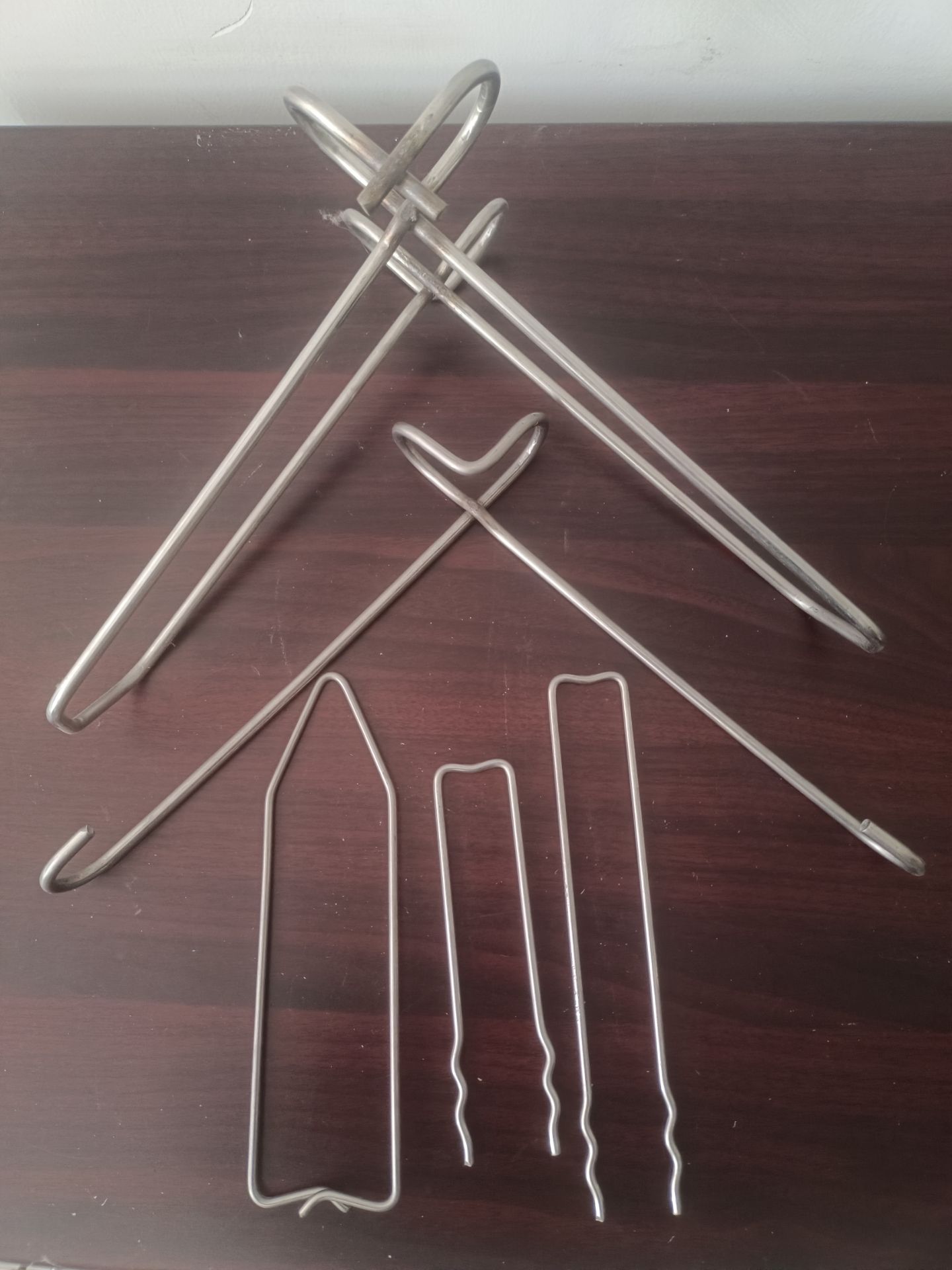- No. 268 Xianghe Street, Economic Development Zone of Xingtai city, Hebei 054001 China
- Byron@hbhongri.cn
different types of paprika
Different Types of Paprika A Flavorful Exploration
Paprika is one of the most popular spices in the world, celebrated not only for its vibrant color but also for its diverse range of flavors. Derived from the dried and ground fruits of Capsicum annuum, a type of bell pepper, paprika is a staple in various cuisines, notably Hungarian, Spanish, and even American. With numerous varieties available, each type of paprika offers distinct flavor profiles and culinary uses. In this article, we will explore the different types of paprika, their characteristics, and how to best use them in your cooking.
1. Sweet Paprika
Sweet paprika is perhaps the most commonly used type of paprika. Characterized by its mild flavor and bright red color, sweet paprika is made from sweet, non-spicy varieties of peppers. It is often used in Hungarian dishes, such as goulash and chicken paprikash, where it serves to enhance the flavor profile and add a rich color. Sweet paprika is also an excellent addition to soups, stews, and sauces, providing depth without heat.
2. Smoked Paprika
Smoked paprika, also known as pimentón, is a Spanish variety of paprika that has gained considerable popularity in international cuisines. The peppers used for smoked paprika are dried over oak wood fires, which imparts a deep, smoky flavor that can transform dishes. Available in sweet, semi-sweet, and hot varieties, smoked paprika can add warmth to a variety of foods, from roasted meats to vegetables and even deviled eggs. It's particularly cherished in Spanish classics like paella and chorizo, offering a unique twist to traditional recipes.
3. Hot Paprika
For those who crave a bit of heat, hot paprika is the way to go. Made from spicier pepper varieties, this paprika retains the rich, earthy flavor of sweet paprika while adding a kick. It is often used in Mediterranean and Middle Eastern dishes to introduce a level of warmth that complements the overall taste profile of meals. Hot paprika can be sprinkled on roasted vegetables, added to stews, or used as a seasoning for meats, ensuring that your dishes pack a flavorful punch.
different types of paprika

4. Hungarian Paprika
Hungarian paprika is renowned for its quality and is often considered a benchmark for paprika classification. There are several grades of Hungarian paprika, ranging from delicate and sweet to hot and pungent. The distinct types include - Delicate Milder and slightly sweet, often used in lighter dishes. - Sweet Rich in flavor, this type is perfect for classic Hungarian recipes. - Hot A potent variety that adds both heat and character to dishes. Hungarian paprika is an essential ingredient in traditional Hungarian cuisine, especially in dishes like goulash and lecsó.
5. Spanish Paprika
Spanish paprika, or pimentón, is unique due to its traditional drying process over smoke. This method not only enriches the flavor but also preserves the vibrant red color of the peppers. Similar to Hungarian paprika, Spanish paprika comes in varying levels of sweetness and heat, including - Pimentón Dulce (sweet) - Pimentón Agridulce (bittersweet) - Pimentón Picante (hot) Each type has its specific culinary applications, making it a versatile spice for various dishes ranging from tapas to stews, and even finishing oils.
6. Gypsy Paprika
A lesser-known variety, gypsy paprika is a sweet and mildly spicy paprika originating from Central Europe. It boasts a vibrant red color and a complex flavor profile. It is often used in Eastern European dishes, adding both color and flavor to meals like stews and roasted meats. Gypsy paprika can also be used to season dips and spreads, providing a gentle warmth that complements cream-based recipes.
Conclusion
Paprika is a versatile spice that can elevate any dish with its rich colors and flavors. From the sweetness of Hungarian paprika to the smokiness of Spanish pimentón, different types of paprika offer unique characteristics that can enhance culinary creations. By understanding the various types of paprika available, cooks can experiment and find the perfect match for their recipes, transforming everyday meals into extraordinary delights. So, next time you're in the spice aisle, consider picking up a few different types of paprika to enrich your cooking experience!
-
The Versatile Uses and Benefits of Capsicum Frutescens Oleoresin and ExtractsNewsJun.03,2025
-
Paprika&Chili Products Enhancing Flavor and Wellness in Every BiteNewsJun.03,2025
-
Paprika Extract and Capsicum Applications in Food and IndustryNewsJun.03,2025
-
Exploring the Benefits and Uses of Turmeric Powder and Curcumin ExtractNewsJun.03,2025
-
Discover the Bold Flavor of Premium Chilli Powder from ChinaNewsJun.03,2025
-
Capsicum Oleoresin Extract: A Potent Natural Ingredient in Modern ApplicationsNewsJun.03,2025







